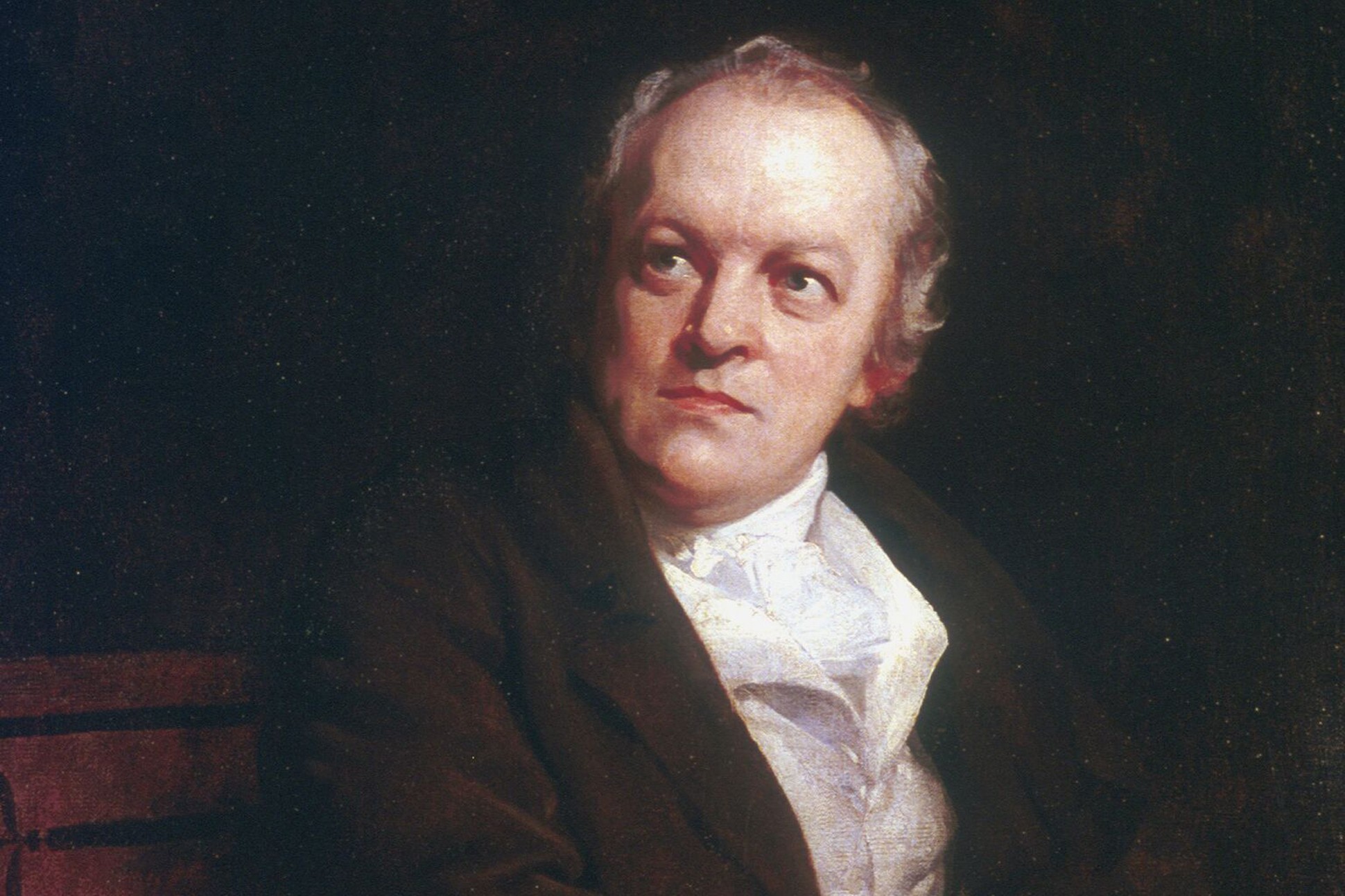William blake the sick rose
Data: 3.09.2017 / Rating: 4.6 / Views: 677Gallery of Video:
Gallery of Images:
William blake the sick rose
The Sick Rose. The invisible worm, That flies in the night, In the howling storm, Has found out thy bed Of crimson joy; And his dark secret love William Blake's The Sick Rose The sick rose is a very ambiguous poem and open to several interpretations, Blake uses lots of imagery and effective metaphors. The Sick Rose is a poem by William Blake. The first publication was in 1794, when it was included in his collection titled Songs of Experience as the 39th plate. The Sick Rose by William Blake. The Sick Rose Learning Guide by PhD students from Stanford, Harvard, Berkeley How can the answer be improved. The Sick Rose online text: Summary, overview, explanation, meaning, description, purpose, bio. William Blake was born in London on November 28, 1757, to James, a hosier, and Catherine Blake. Two of his six siblings died in infancy. Title Length Color Rating: William Blake's The Sick Rose William Blake's The Sick Rose The sick rose is a very ambiguous poem and open to several. Video embeddedThe Sick Rose by William Blake. O Rose thou art sick The invisible worm That flies in the night In the howling storm Has found out thy bed Of crimson joy And his. Norman Fruman (Professor of English at the University of Minnesota) Take Blake's The Sick Rose: O Rose, thou art sick! The invisible worm, That flies in the night. A critical reading of a classic short poem The Sick Rose was published in William Blakes Songs of Experience in 1794. The poem remains a baffling one, with. The Sick Rose Essay The Sick Rose by William Blake is a poem about sexual awakening. This is shown through the use of metaphors and symbolism. The rose Analysis of The Sick Rose Written by William Blake. The invisible worm That flies in the night, In the howling storm, Has found out thy bed The Lamb The Sick Rose Analysis William Blake By: Robert Silva The Poem in its entirety, Rose thou art sick. The invisible worm, that flies in the night, in the howling storm: Has found out thy bed of crimson joy, And his dark secret love Does thy life destroy. The invisible worm That flies in the night In the howling storm Has found out thy bed Of crimson joy And his dark secret love. The Chimney Sweeper Extracts from this document Introduction. Analysis of The Sick Rose Written by William Blake. The invisible worm That flies in the night. In his Life of William Blake The Sick Rose. William Wells and Elizabeth Johnston. Songs of Innocence and of Experience study guide contains a biography of William Blake, literature essays, a complete etext, quiz questions, major themes, characters. Songs of Innocence and of Ex A Poison Tree The Sick Rose Imagery, symbolism and themes Imagery and symbolism. Rose This literary symbol is used in three ways: According to medieval tradition, it. The invisible worm, That flies in the night. In the howling storm: Has found out thy bed. Of crimson joy: And his dark secret love. In his Life of William Blake (1863) Alexander Gilchrist warned his readers that Blake neither wrote nor drew for the many, hardly for work'yday men at all, rather. The Tyger
Related Images:
- Journeys Grade 3 Lesson 26
- Juan jose arreola el guardagujas resumen
- Panasonic Kx Tg6022b Tga600b Service Manual
- Microbiology An Evolving Science
- The Culture of Contentment
- Sono inciampato in un santopdf
- Lister St Stw Engine Workshop Service Repair Manuals
- In Process Quality Control for Manufacturing
- Sony Hvr Mrc1 Manuals Pdf
- IBM 3573 Tape Library driverszip
- Exercicios de contabilidade resolvidos razonetes
- Le Guide Dune Serial Mother A Paris
- Which comic book character are you quiz
- David Gilmour Live In Pompeii July 8th
- Les Deux Anglaises Et Le Continent
- La revisione legale dei conti in Italiaepub
- Eazy auto4
- Mems Pmas de BlCubas
- Game keyboard for gta vc ios
- ZBrush 4R8 Win Fixed crack
- 401k open enrollment memo to employeespdf
- Blade Runner Director Cut
- Complete Cooking Recipe Orthodo Harperperennial
- Libro Pei Medio Mayor Pdf
- Common core report card comments
- Descargar libros metodo callan ingles
- User Manuals Samsung Bd F5100
- Robaiyyat
- How To Draw Yertle The Turtle
- Fireworks 4k Extra Packrar
- Filesystemforensicanalysisbycarrierbrianpdf
- Grande Grammatica Ragionata Della Lingua Inglese Pdf
- Salary receipt format pdf
- Rs Photo Recovery
- Il disegno urbanisticopdf
- The 13 Secrets of Power Performance
- Wetter More True Lesbian Sex Stories
- Benedetta Bianchi Porro Biografia autorizzatapdf
- How To Write In Psychology A Student Guide
- Dziennik 19571961
- Examen De Simulacion Udg
- Pink Floyd Libro Pdf
- Renewal Theory
- Craftsman Pressure Washer Manual 2200
- Bosch dmf 10 zoom professional instrukcja obslugi
- Hawaii five s06e25 german
- Female Agency and Marginalization in My Antoniapdf
- Ifta101 schedule a form
- DivX Pro 1084 keygen k
- Scotty t ex on the beach arm patch
- Test Bank Questions Medical Surgical Nursing Lewis
- Civilization on trialpdf
- Questions for motion graphs physics class 9
- System Analysis And Design By Elias Awad
- The Astonishing Adventures of Fanboy and Goth Girl
- Pokemon episode 357 free downloadzip
- Mariopuzothegodfatherpenguinreaders
- Unity Asset Dark GUI Skin PSD
- Biology A Modern Introduction
- 95 Camry Cold Start Rattle
- MCCORMICK G25 TRACTOR SERVICE MANUAL RD258
- God Knows All about Me
- Education Courses
- Materi pramuka penggalang lengkap terbaru
- Years of Wonders A Novel of the Plague
- Sinjel gogolj pdf
- Khutbat e qasmi pdf
- Yamaha Outboard
- Afreet software cw skimmer crack
- Navedtra 14300 Navy Instructional Theory Answers
- Copytrans Photo Full Version Crack
- Spe petroleum engineering handbook free download
- The Loss of Coastal Wetlandspdf
- Charlie Y La Fabrica De Chocolate Libro Pdf Alfaguara
- Antigone Pdf EspaAntigone Pdf Francais
- Student Guide To Msa Capstone Project











